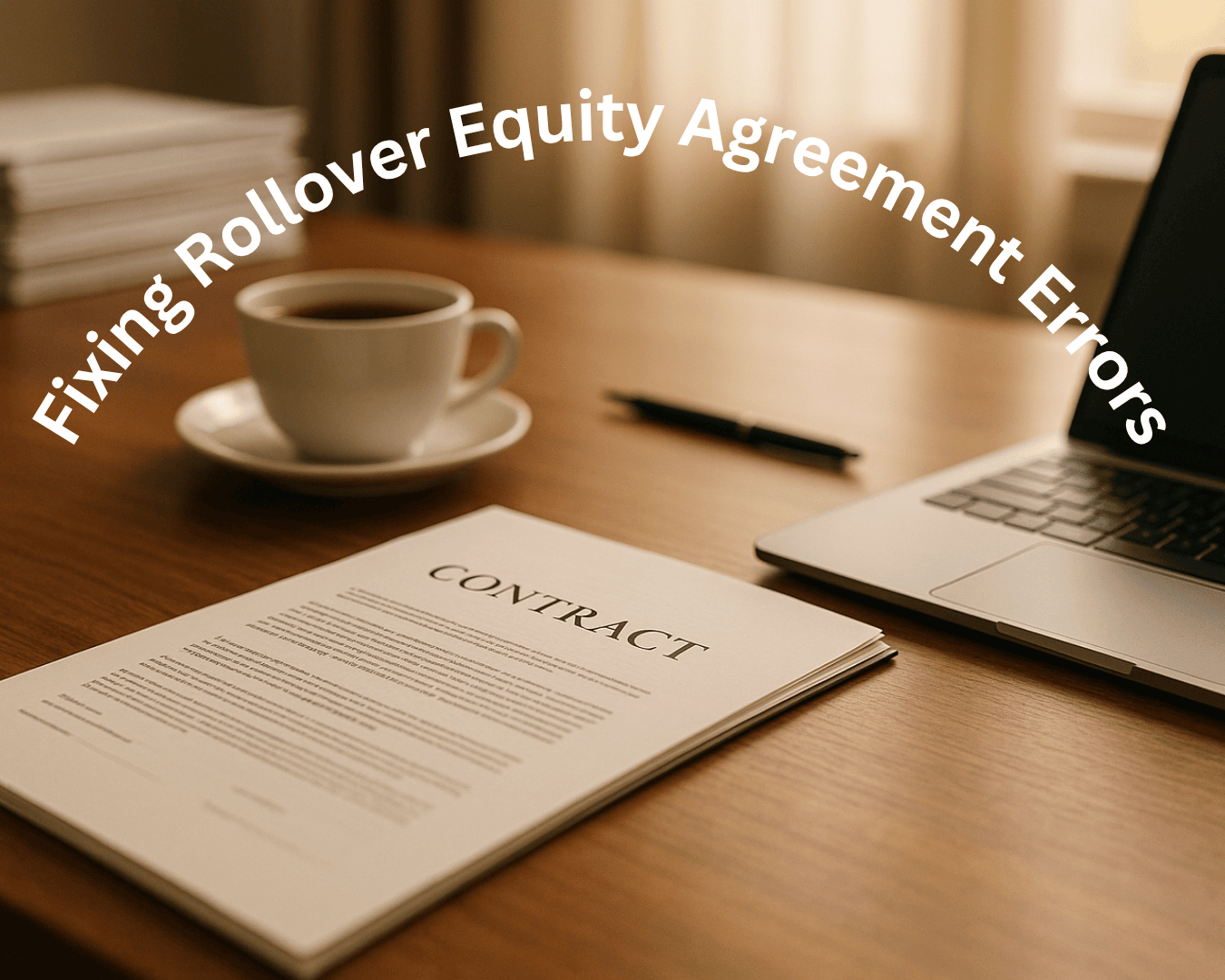Despite market volatility and muted dealmaking in other sectors, the private equity (PE) secondaries market is quietly rewriting the record books. While much of the financial press focuses on IPO slowdowns, inflation, or rate hikes, another story is unfolding behind the scenes—one that signals a shift in how institutional investors seek liquidity and how fund managers extend the life and value of their portfolios.
According to The Wall Street Journal, global secondaries deal volume is on pace to surpass $200 billion in 2025, up from a record $162 billion in 2024. That’s a staggering 45% year-over-year increase, and it comes in the face of an otherwise sluggish private equity environment.
In this article, we break down what’s driving the secondaries boom, why LPs and GPs are embracing it, and what it means for investors, acquirers, and operators alike.
What Is the Secondaries Market in Private Equity?
The secondaries market refers to the buying and selling of existing limited partnership (LP) interests or GP-led recapitalizations in private equity funds. Unlike primary investments—where investors commit capital to new funds—secondaries allow investors to purchase existing fund interests, often at a discount, and gain immediate exposure to underlying assets.
There are two primary types of secondary deals:
- LP-led Secondaries: Investors (like pensions, endowments, or insurance companies) sell their stakes in PE funds to rebalance portfolios, generate liquidity, or reduce exposure to underperforming vintages.
- GP-led Secondaries: General partners (GPs) recapitalize one or more of their portfolio companies into a new vehicle, giving LPs the choice to cash out or roll over. These continuation funds extend the investment timeline and often provide fresh capital for growth.
Why the Boom—and Why Now?
1. Liquidity Pressure on LPs
Institutional investors are under pressure. Many are overallocated to private markets due to the denominator effect—where public market declines inflate the proportional weight of private investments. Others are simply seeking cash to meet payout obligations or reallocate to higher-performing assets.
According to Painswick Capital, more LPs are tapping secondaries to offload older commitments and make room for new strategies. The result is a flood of supply—and increasingly sophisticated demand.
2. Fund Managers Want More Time and Flexibility
General partners are using continuation funds to buy time, unlock additional value, and consolidate ownership stakes. This is particularly attractive in a high-rate environment where exits are delayed and IPOs are out of reach.
Firms like Leonard Green & Partners and Stone Point Capital are leading billion-dollar GP-led deals, giving their best-performing assets another runway for value creation—while offering liquidity to LPs who want out.
3. Deal Pricing Is More Attractive
During bull markets, LP interests in top funds trade at premiums. But in the current climate, discounts are common—even for quality assets. Buyers with dry powder can acquire seasoned portfolios with reduced risk and more visibility into company performance.
That’s why secondaries are attracting major capital. Neuberger Berman recently raised over $4 billion to deploy across GP-led secondary opportunities, and many other institutional players are following suit.
What This Means for Investors and Operators
For LPs: Optionality and Liquidity
Secondaries offer a path to rebalance portfolios, reduce tail-risk exposure, and manage cash flows more proactively. As secondaries become more liquid and transparent, they’re no longer a last resort—they’re a tool for institutional portfolio optimization.
For GPs: Time, Control, and Exit Alternatives
Continuation funds help GPs avoid forced exits in bad markets. They provide follow-on capital, enable co-investment opportunities, and strengthen relationships with LPs who choose to stay in the game.
For Family Offices and Searchers: Buy into Mature Assets
Secondaries allow smaller investors to buy into portfolios that are already partially de-risked. For family offices, independent sponsors, or acquisition entrepreneurs looking for seasoned assets with visible cash flow, this could be the most efficient way to access private markets without starting from scratch.
How the Secondary Market Will Evolve
With over $200 billion in projected volume, the secondaries market is no longer a niche—it’s a core component of private equity strategy. Here's what we expect moving forward:
- More Retail and HNW Access: Platforms will emerge that fractionalize LP stakes for accredited or even retail investors.
- Tech-Driven Transparency: AI and data platforms will improve pricing, analytics, and underwriting in what has traditionally been an opaque market.
- Greater Regulatory Scrutiny: As volume rises, expect the SEC and global regulators to take a closer look at valuation practices and conflicts of interest in GP-led deals.
Final Thoughts: Why Secondaries Matter Now More Than Ever
In a year where dealmaking has cooled across the board, the resilience and growth of secondaries sends a powerful message: liquidity, flexibility, and control are the new alpha.
As private equity evolves to meet the demands of modern investors, secondaries are at the forefront—offering a dynamic alternative to illiquid, long-duration bets. For GPs, LPs, and sophisticated acquirers, this is more than a workaround. It's the future of private market liquidity.
If you’re an investor, operator, or institutional allocator, this is a trend you can’t afford to ignore.
Further Reading and Sources
- Private Equity Secondary Market Defies First-Half Gloom – WSJ
- Neuberger Berman Collects Over $4 Billion for GP-Led Deals – WSJ
- Painswick Capital Raises $1.5 Billion for Booming Secondary Deals – WSJ
- Perella Weinberg Buys Secondary Advisory Firm – WSJ



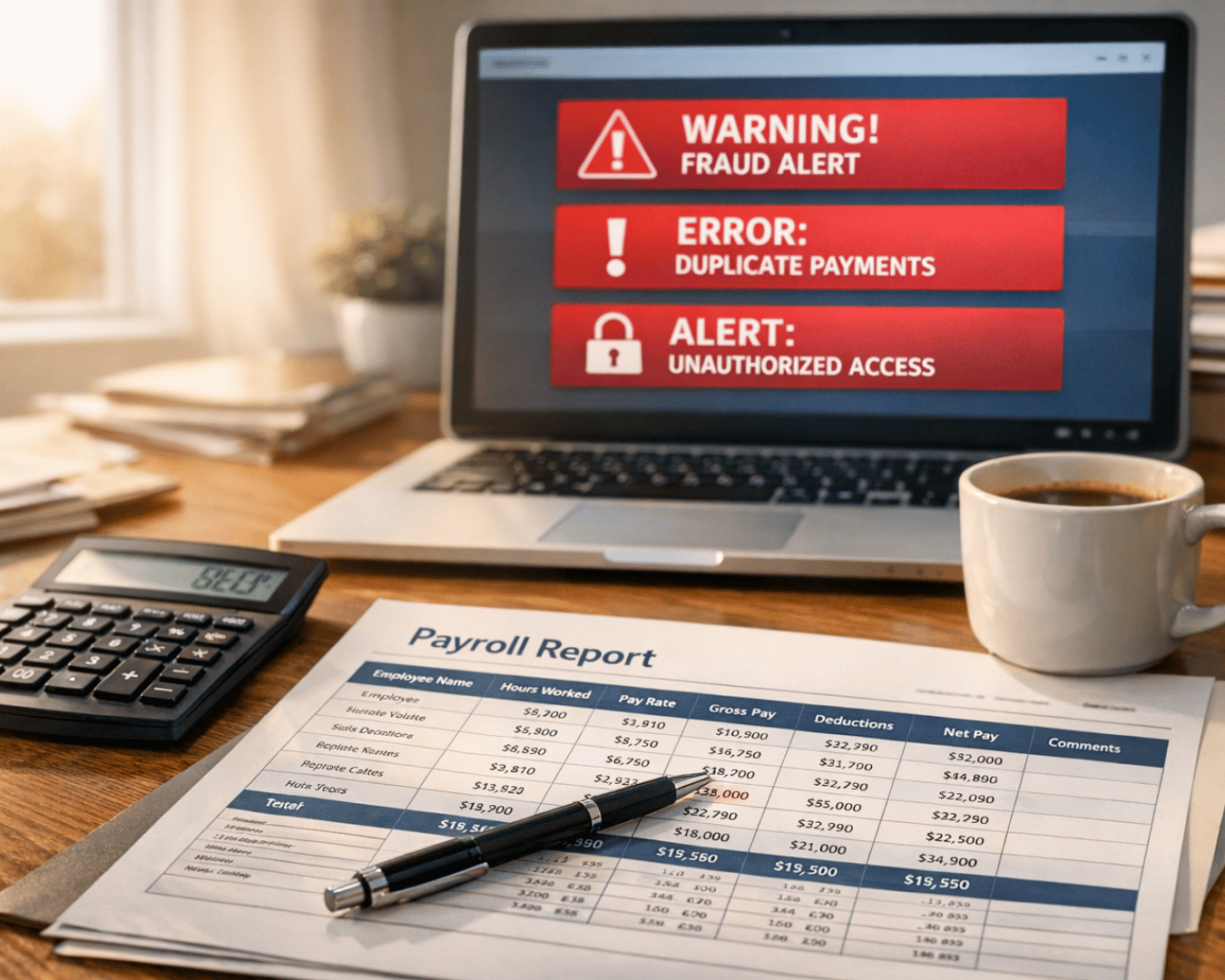








.png)



























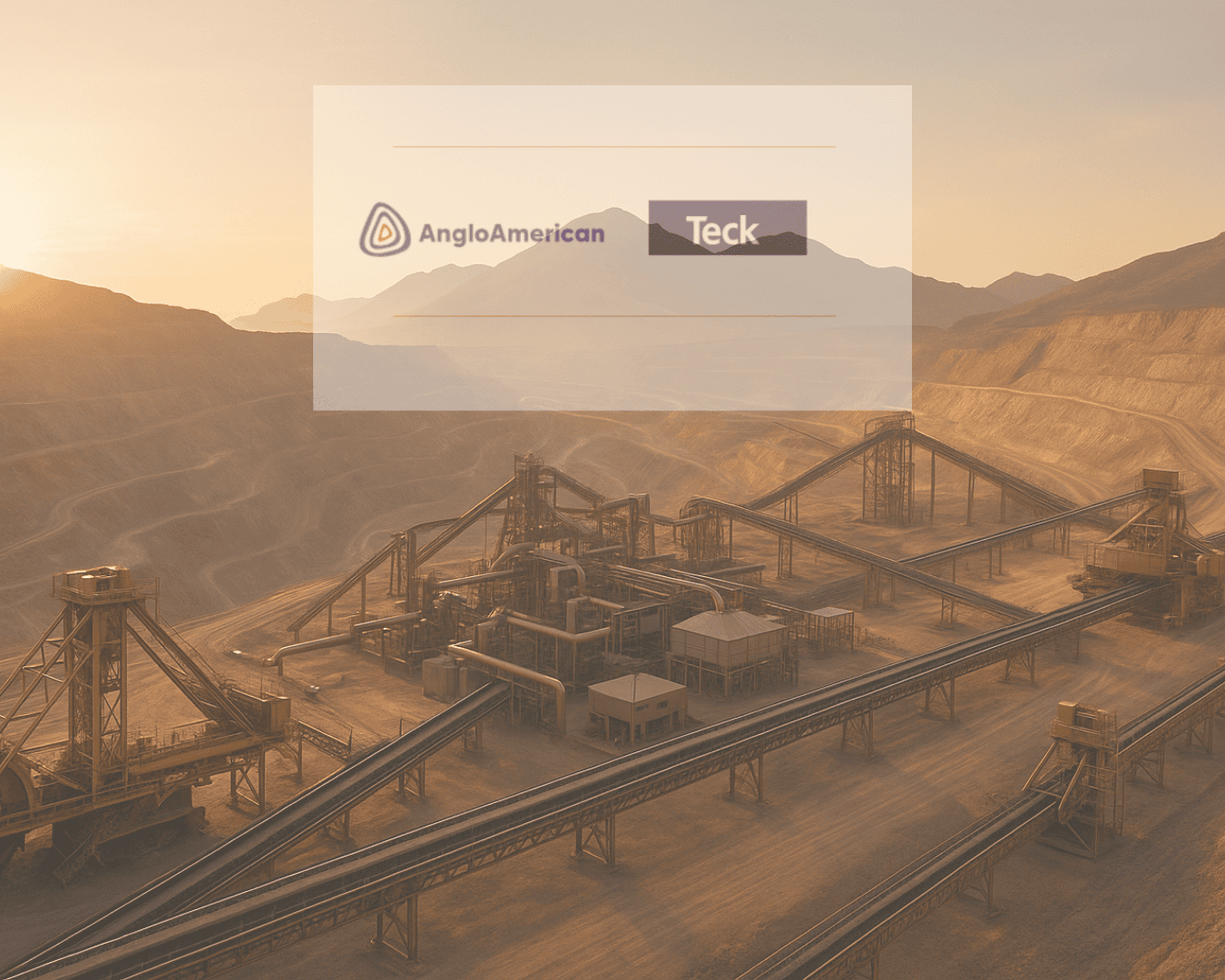

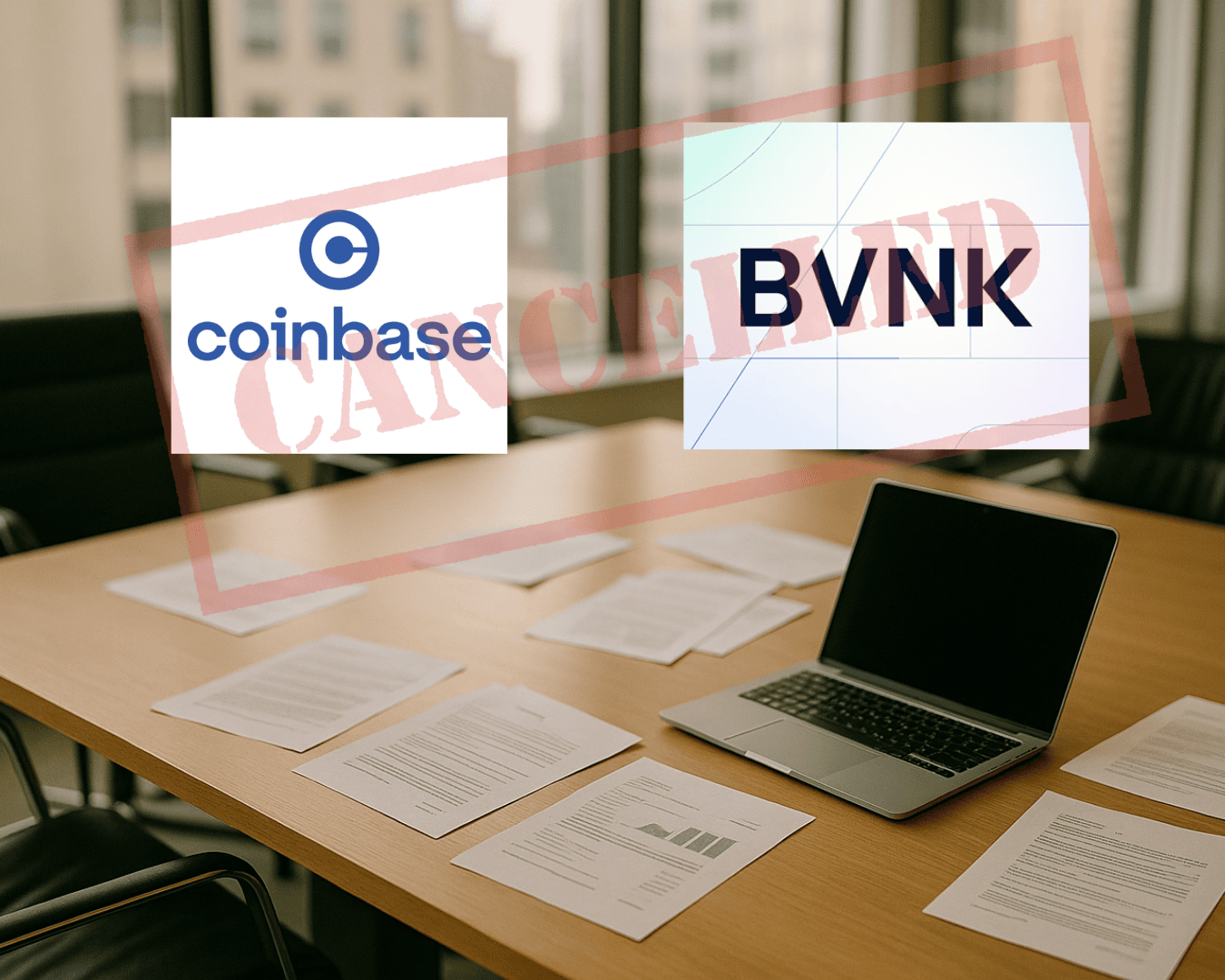
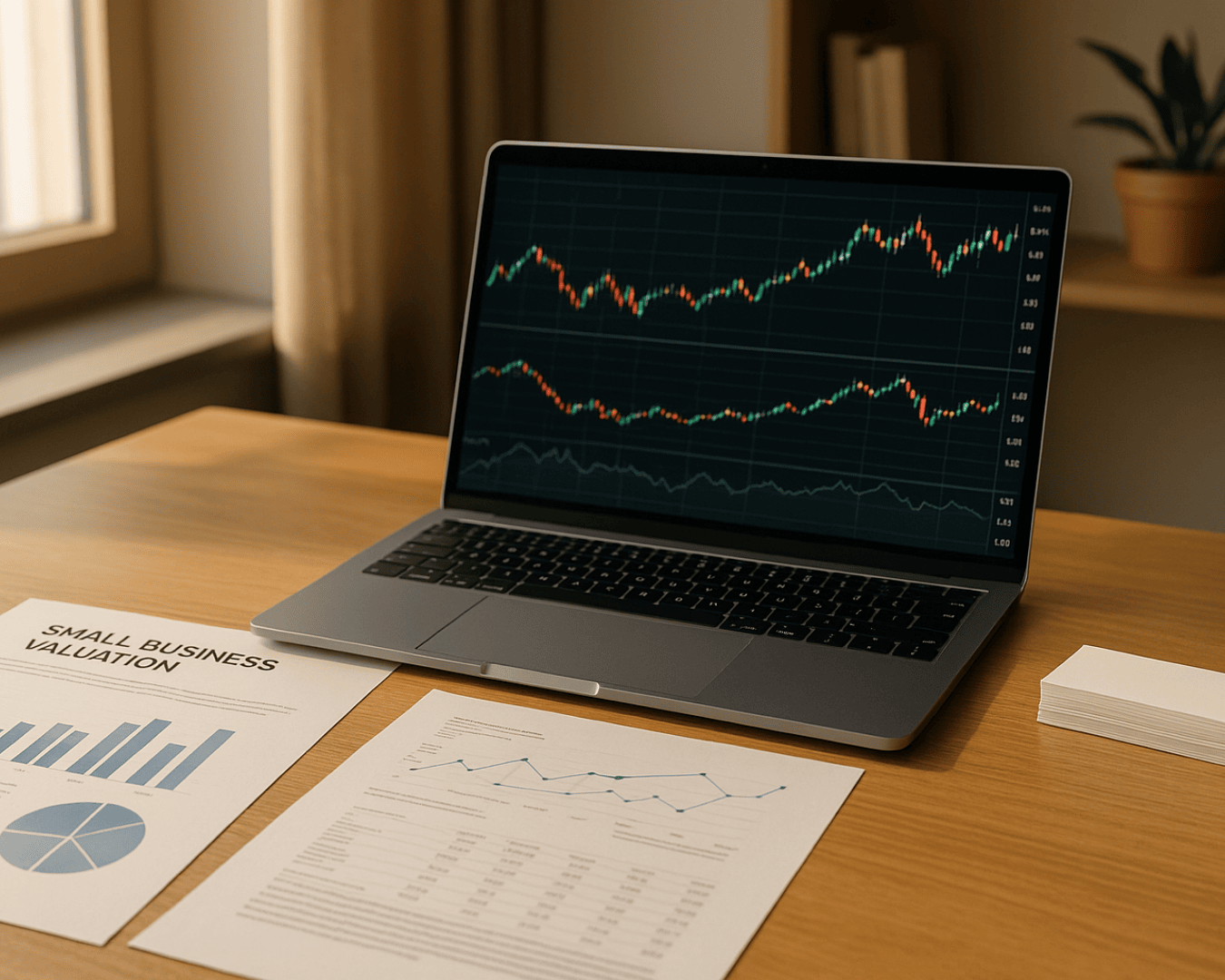








.png)






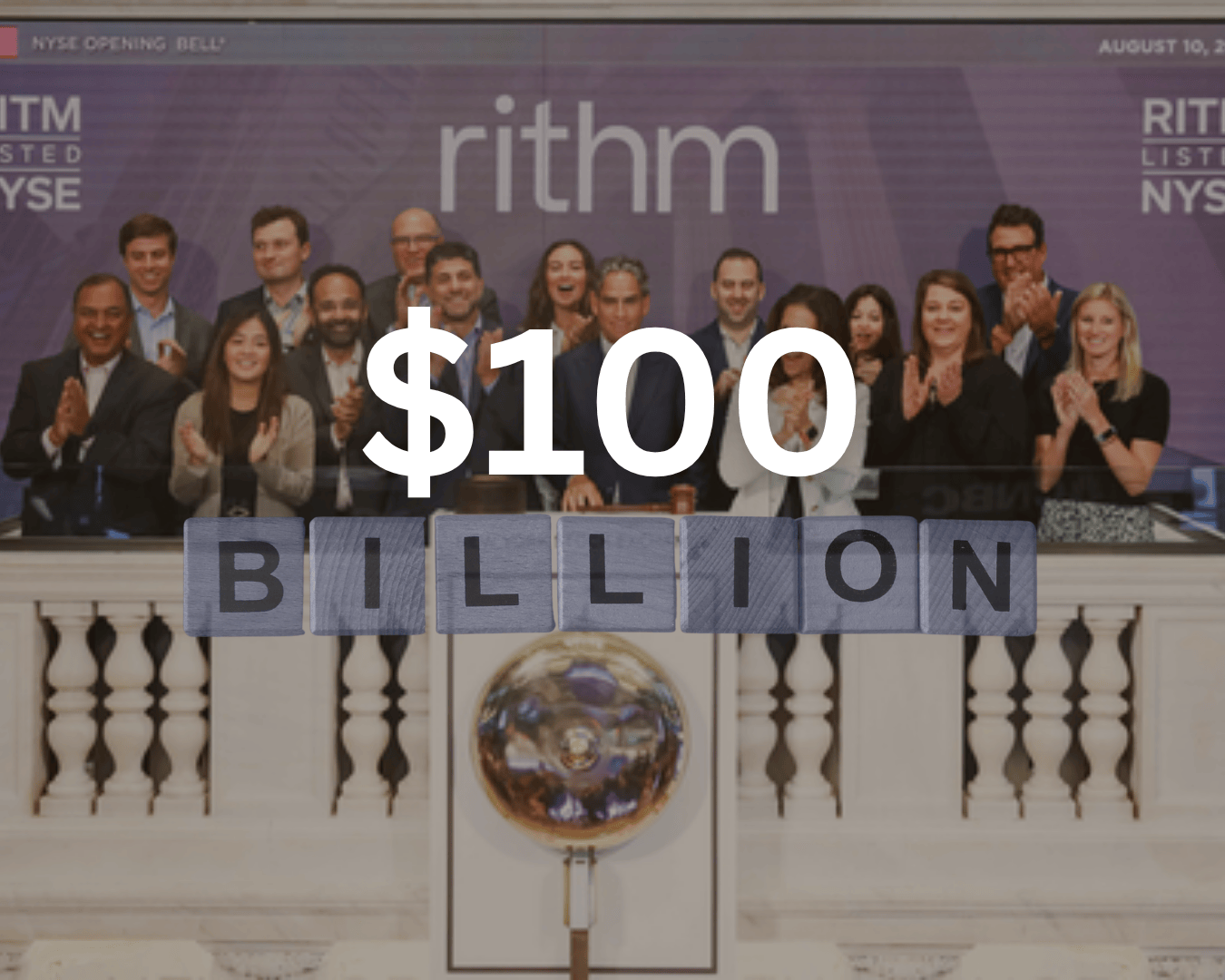










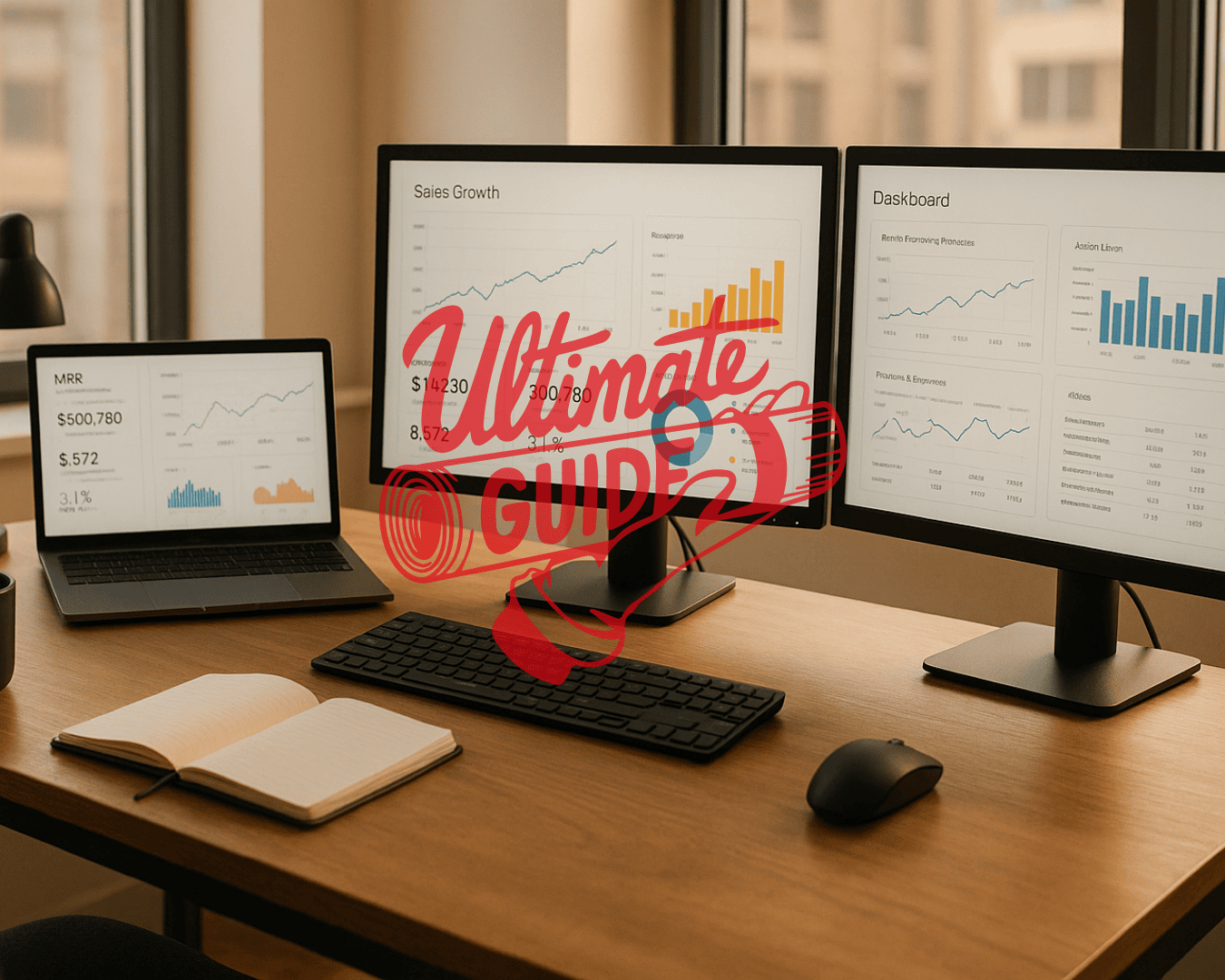




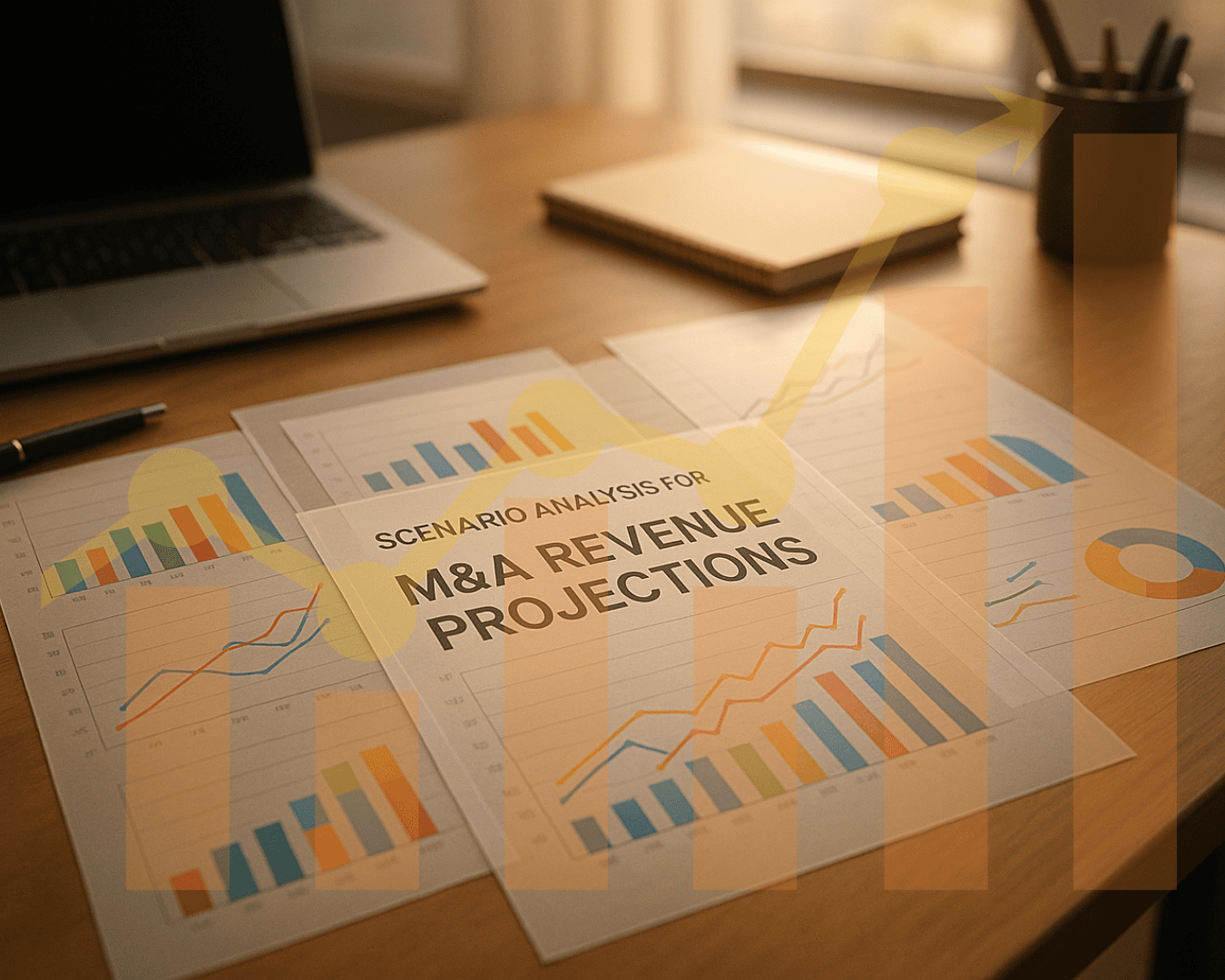

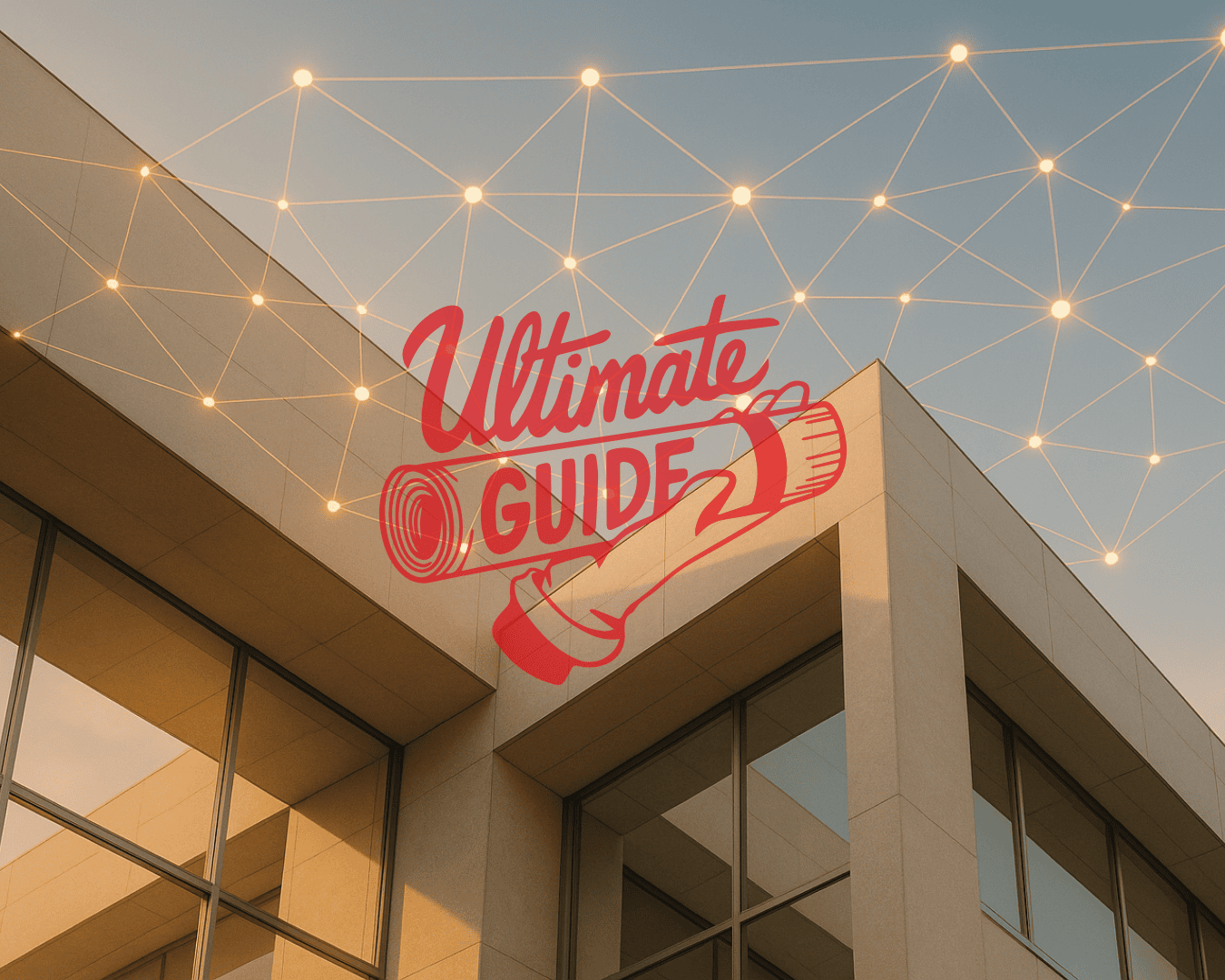



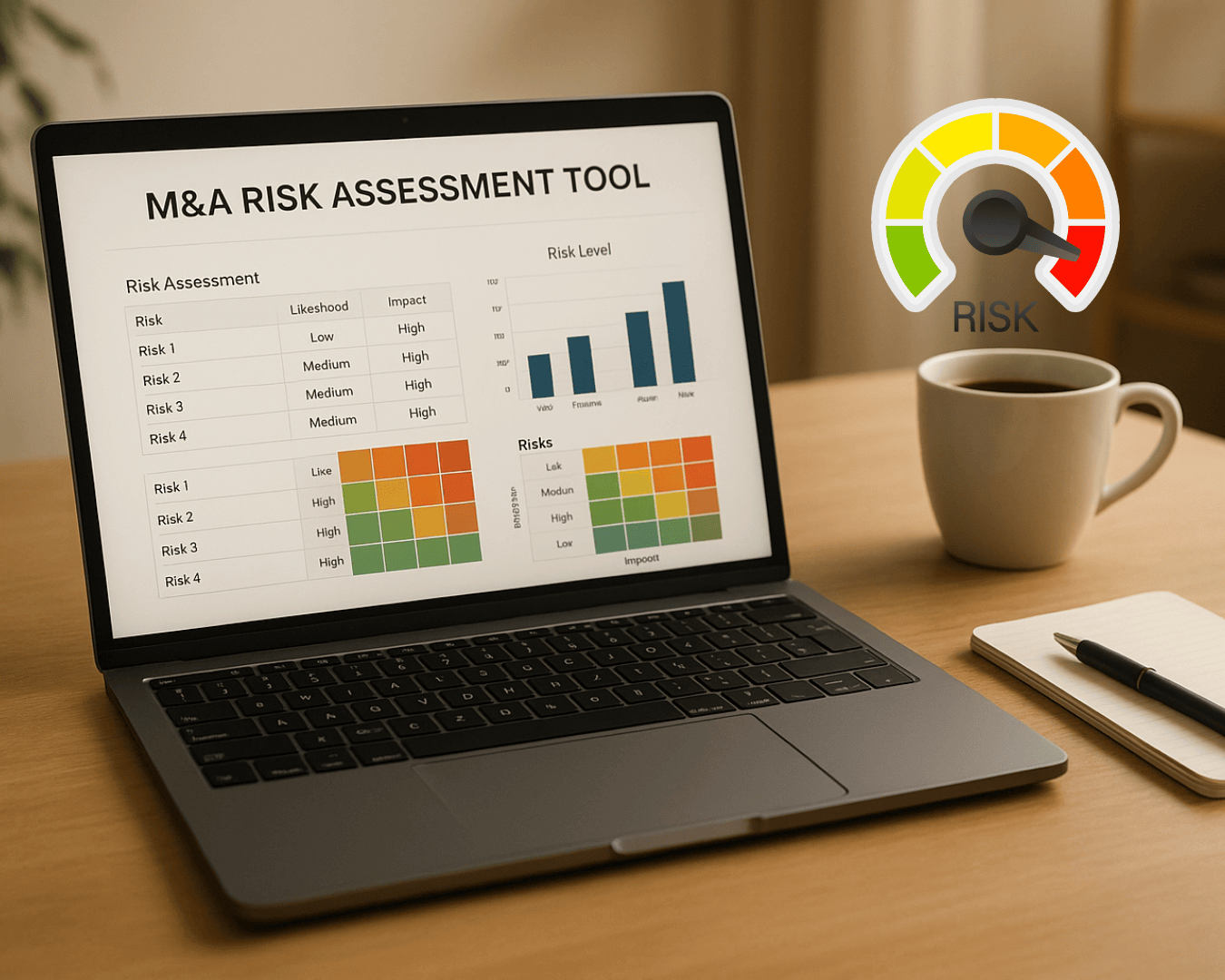
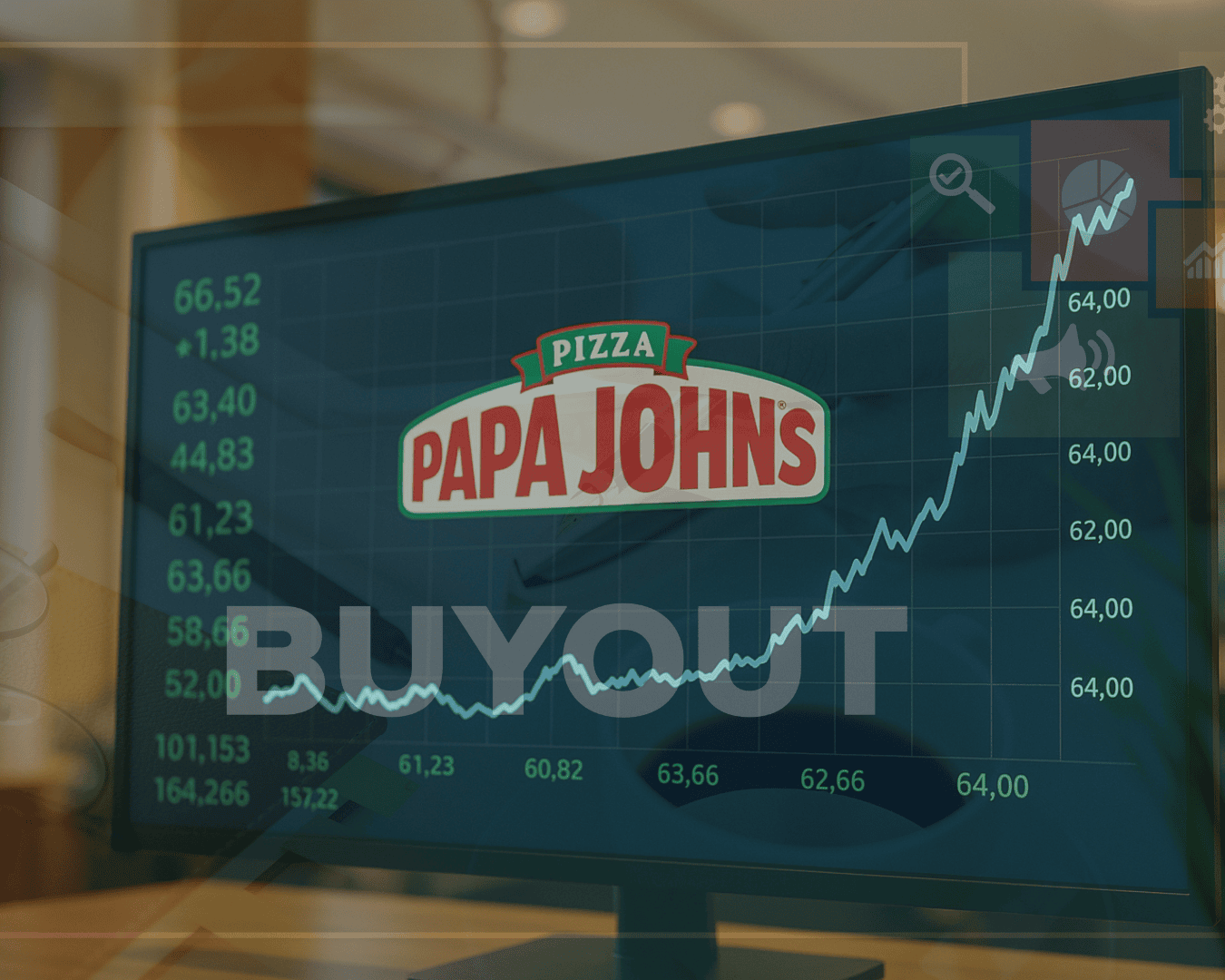

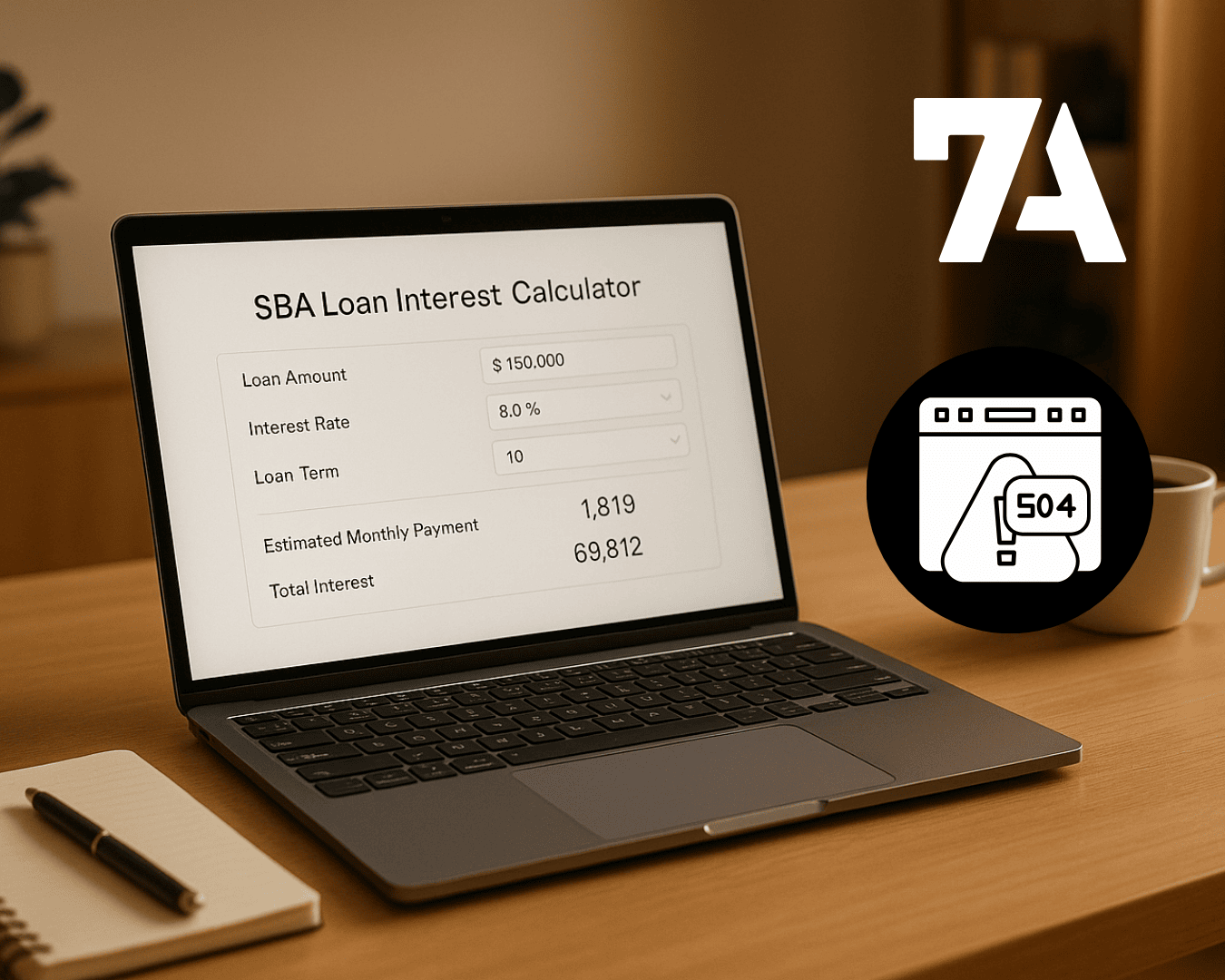








%20Loan%20Application%20Checklist.png)
